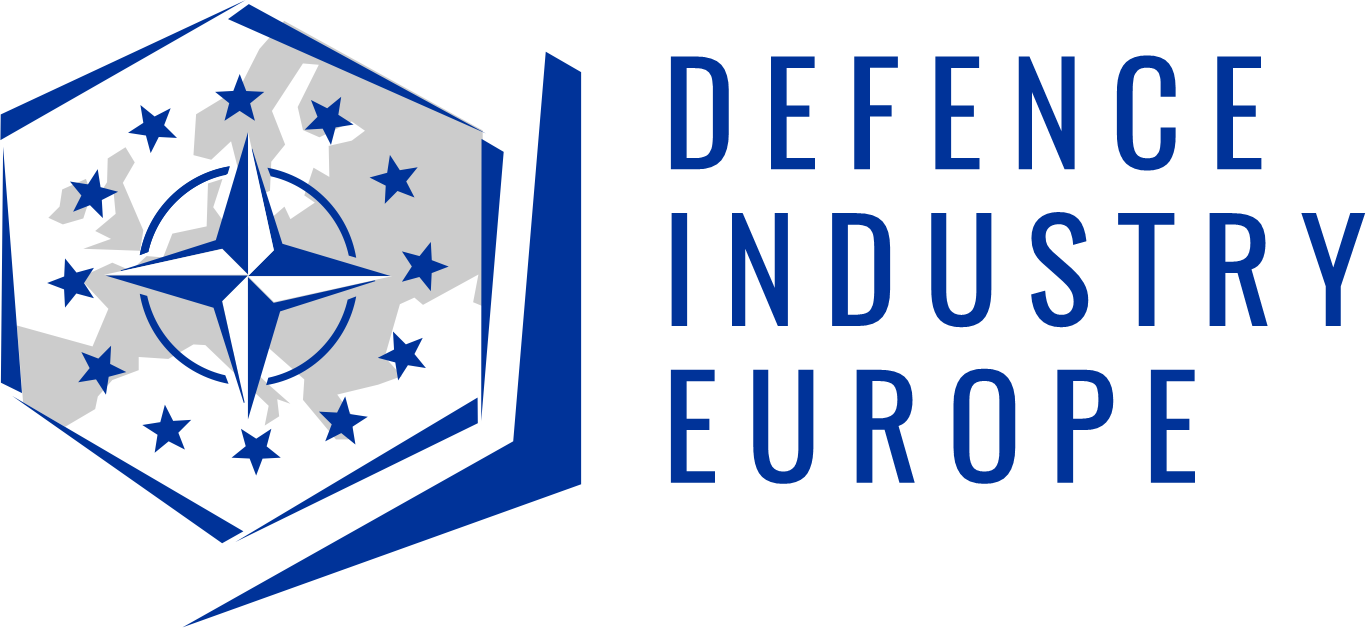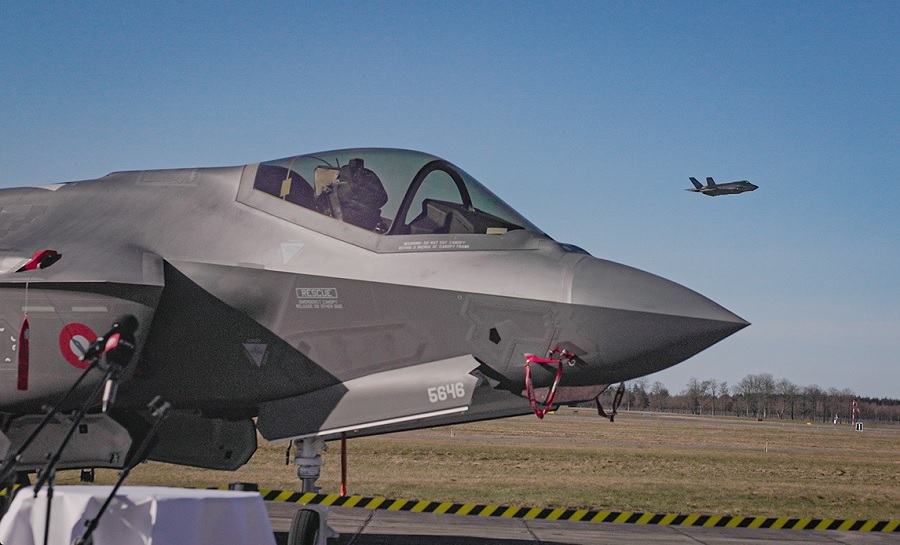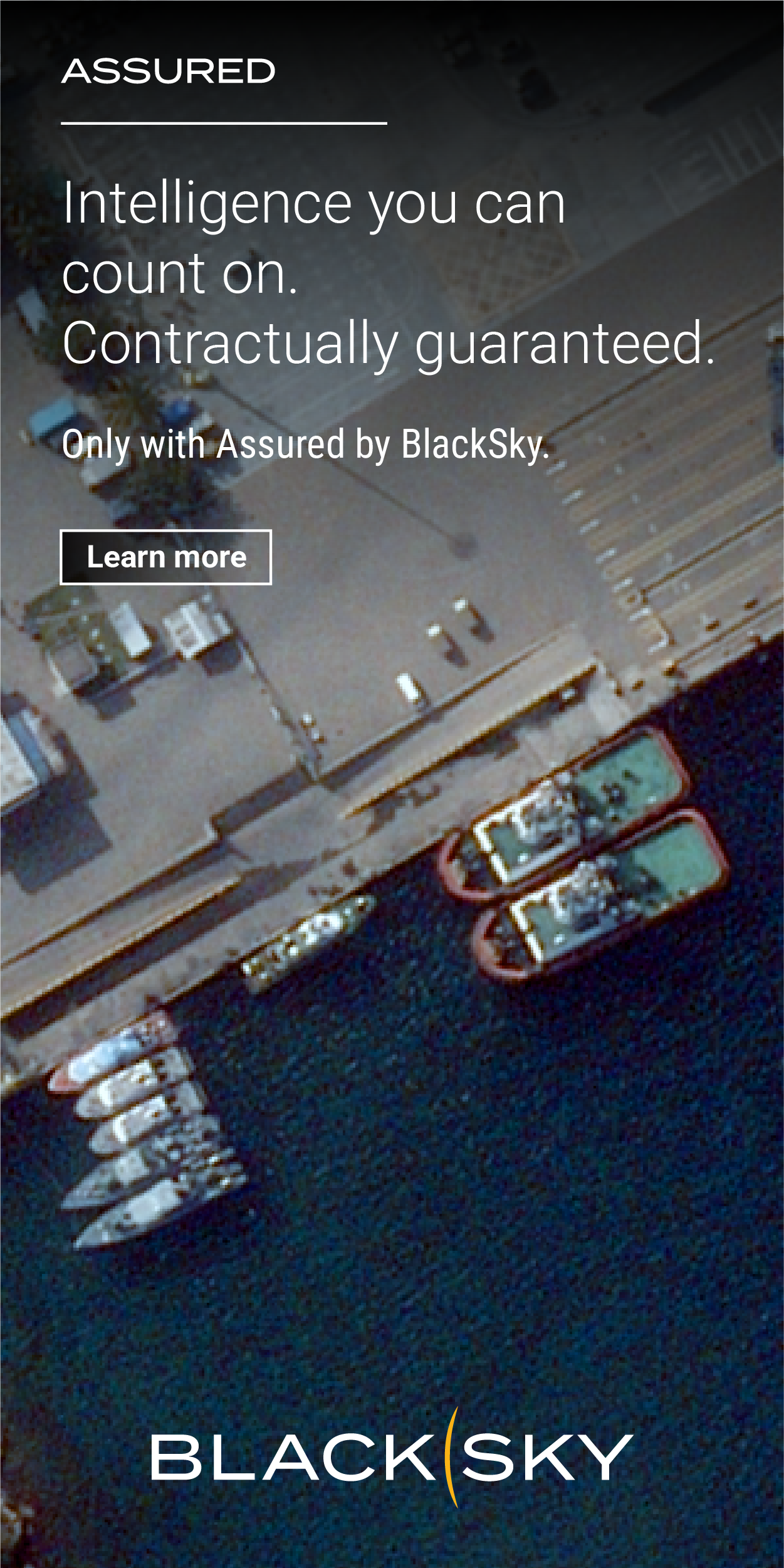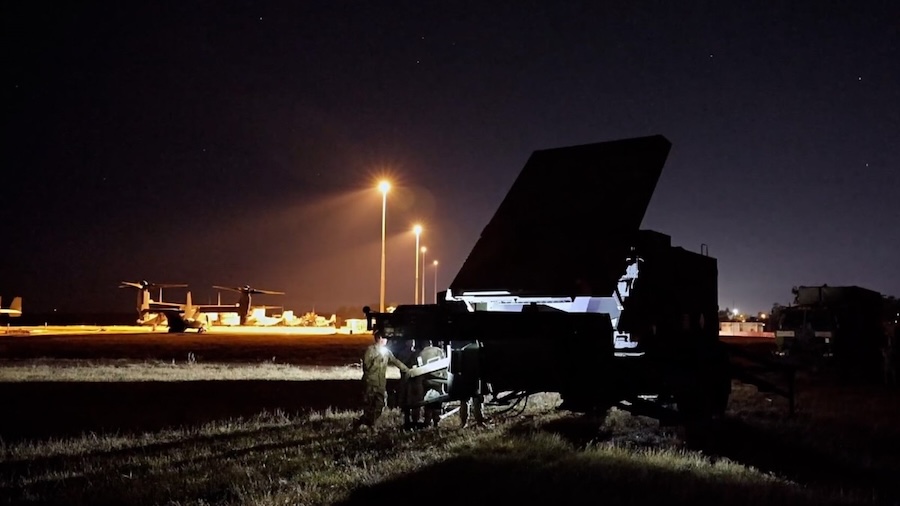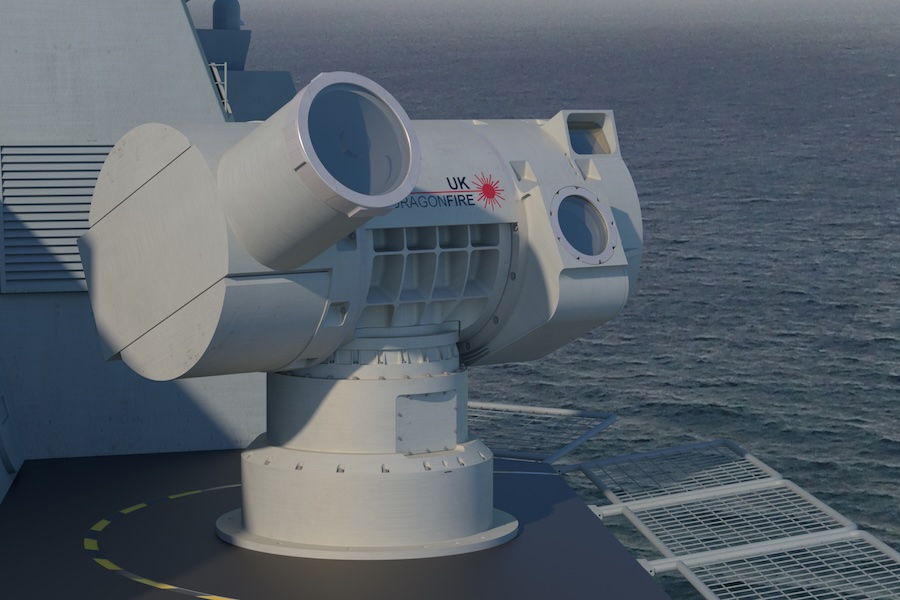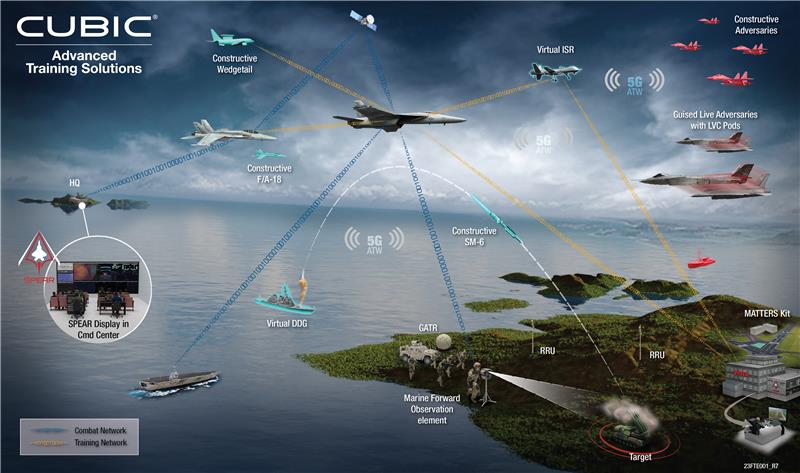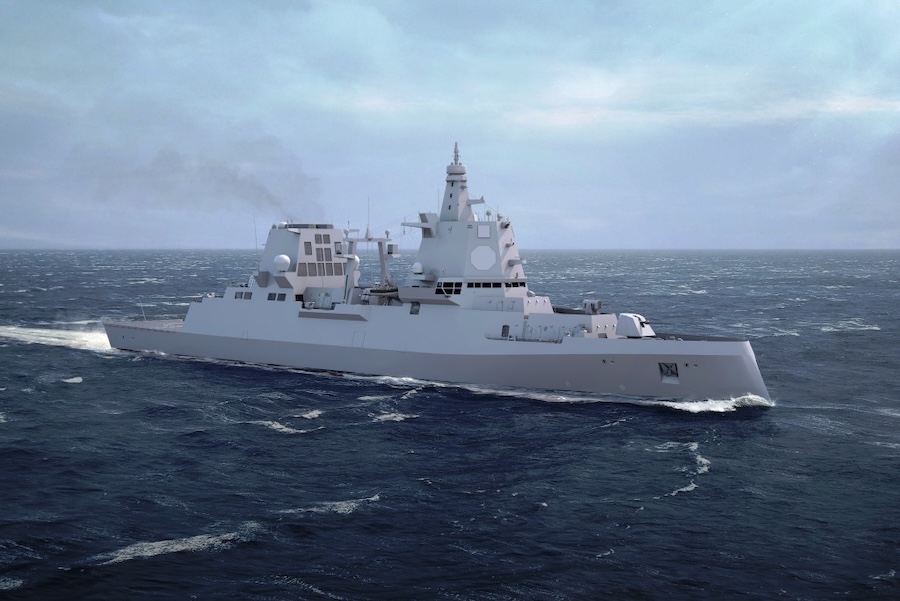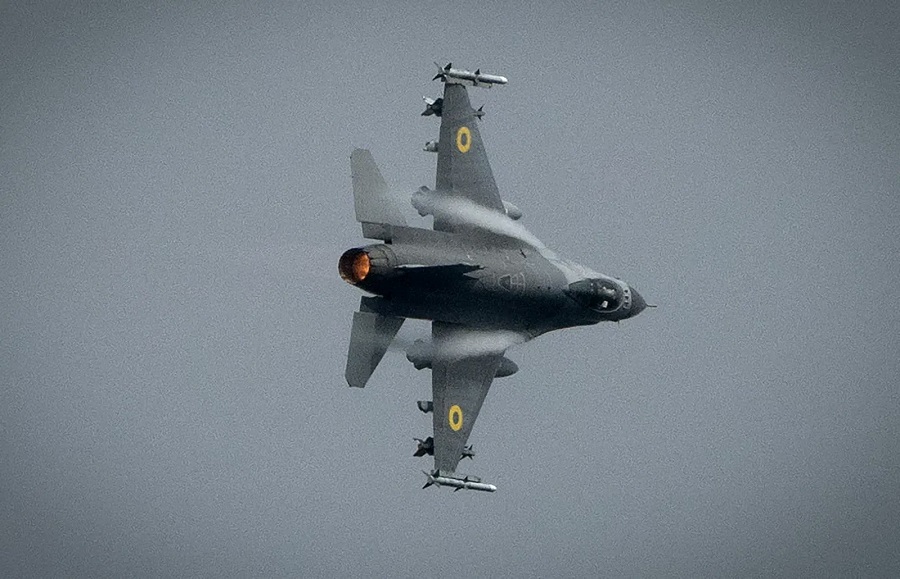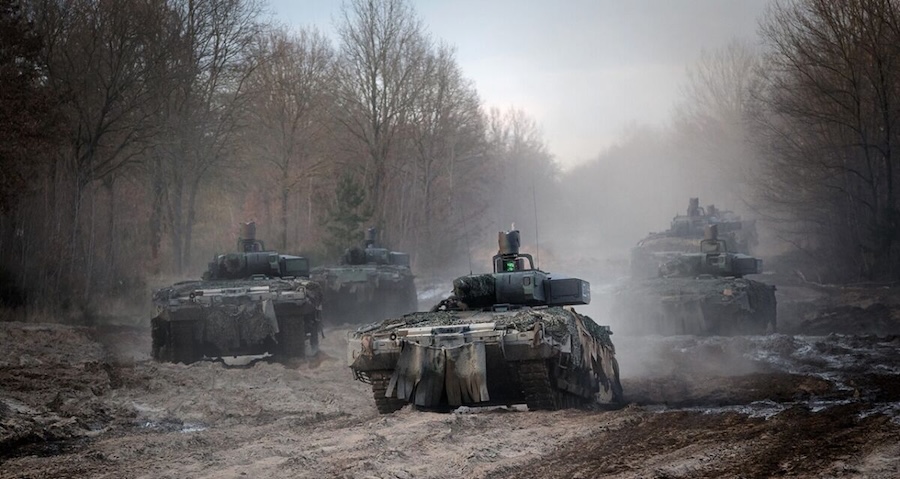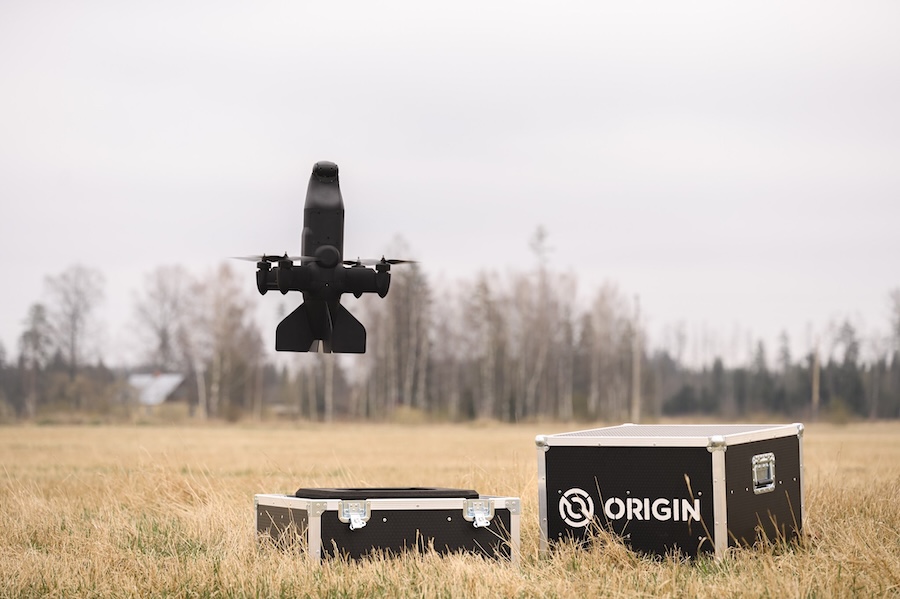The two fighter jets have been placed on standby at Skrydstrup Air Base, from where they will assist Poland and NATO by supporting deterrence and, if required, the defence of the border against Russia and Belarus. At the same time, the Niels Juel will patrol the Baltic Sea, providing surveillance of both the sea surface and airspace to strengthen NATO’s overall situational awareness.
“The Russian violations of Polish airspace are completely unacceptable, and it is crucial that we across NATO countries stand together and send a clear signal to Russia. The Danish contribution can support Poland’s air policing and air defence in the coming period,” said Defence Minister Troels Lund Poulsen.
The deployment forms part of NATO’s enhanced Vigilance Activity Eastern Sentry, which aims to reinforce the Alliance’s presence along its eastern flank. The activity was launched as a response to the breach of Polish airspace.
“F-35 fighter jets are the right capability to carry out the task of monitoring the airspace, deterring against a possible threat from the east and, if necessary, defending Poland and the Baltic states. We can act quickly on any incidents,” said Major General Jan Dam, Chief of the Royal Danish Air Force.
The frigate Niels Juel will contribute to NATO’s increased air defence efforts near the borders with Russia and Belarus. Rear Admiral Søren Kjeldsen, Chief of the Royal Danish Navy, emphasised the vessel’s capabilities: “Our frigates have, among other things, radars and sensors that enable them to contribute significantly in a supporting role such as this. The frigate Niels Juel is also equipped with a Seahawk helicopter, which is the ship’s extended arm in terms of quickly being able to supplement the ship’s radars and sensors with eyes from the air.”
The duration of Denmark’s contribution will be assessed on an ongoing basis within NATO and according to operational needs. The frigate remains under Danish command while providing support to the Alliance.
Source: Danish Armed Forces.



